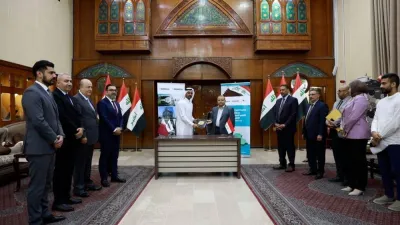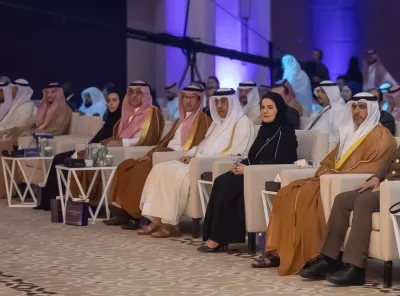The economic blockade by some Gulf neighbours may have only a short-lived impact on Qatar, which is still expected to be the fastest growing economy within the Gulf Cooperation Council (GCC) in 2017, according to Kamco Research.
"We expect the current diplomatic uncertainties to have only a temporary impact (on Qatar), as a resolution seems imminent," Kamco, which is based in Kuwait, a key mediator in the present diplomatic crisis.
Quoting International Monetary Fund (IMF) estimates, Kamco said Qatar's real gross domestic product (GDP) is expected to be 3.43% this year compared to 3.4% in 2016. Doha’s share in the GCC GDP is estimated at 12.5% (12.4%).
Saudi Arabia is expected to show 1.92% real GDP growth in 2017 against 1.21% a year ago, the UAE at 2.5% (2.3%) and Kuwait at 2.6% (2.4%), it said.
In the case of Bahrain and Oman, this year's economic growth is estimated to be lower at 2% and 1.74% compared to 2.2% and 1.83% respectively in the previous year.
Qatar’s per capita GDP is estimated to be $67,270 in 2017 against $66,265 a year ago, the UAE's $35,237 ($32,989), Kuwait $27,613 ($25,142), Bahrain $23,747 ($22,798), Saudi Arabia $20,202 ($19,313) and Oman $13,812 ($13,060).
Highlighting that the initial signs of economic growth bottoming in the GCC, Kamco said the region's budget deficits are slated to recover in 2017 and 2018 but estimated to remain in double digits.
"Budget deficits are likely to stay over the near future, as deficits in double digits are expected each year until 2022, but are expected to taper," it said.
Highlighting that the GCC budget deficits are forecasted to be lower in 2017 and 2018 at $92bn and $58bn, based on its analysis of IMF data for the Gulf countries, Kamco said lower oil receipts and spending gaps would also mean that Saudi Arabia would incur large budgetary gaps, and is expected to contribute to about 75% of the budget deficits of the region in 2017.
However, current account balance for the GCC is expected to improve in 2017 and swing back to a surplus from a deficit in 2016, as the overall current account surplus is expected to reach 1.8% of GDP for the year, it said.
Estimating nominal GDP for the GCC region to recover and grow by 10.8% year-on-year to $1.52tn, based on data from the IMF and driven by stability in oil prices, Kamco said the GDP for the region is expected to grow in single digits over 2017-22.
Though new challenges for the region have emerged, the incremental impact of such challenges seem to be diminishing, as the region seems focused on fiscal consolidation and bolstering revenue side initiatives, mainly from a taxation standpoint, it said.
The inflation trends reported for the first quarter (Q1) of this year suggested that the consumer prices were broadly "positive" across the GCC, as inflation ranged between 0.5%-1%, alleviating deflationary pressures, it found.
In Qatar, the consumer price index inflation is expected to be 2.66% this year compared to 2.4% in 2016.




